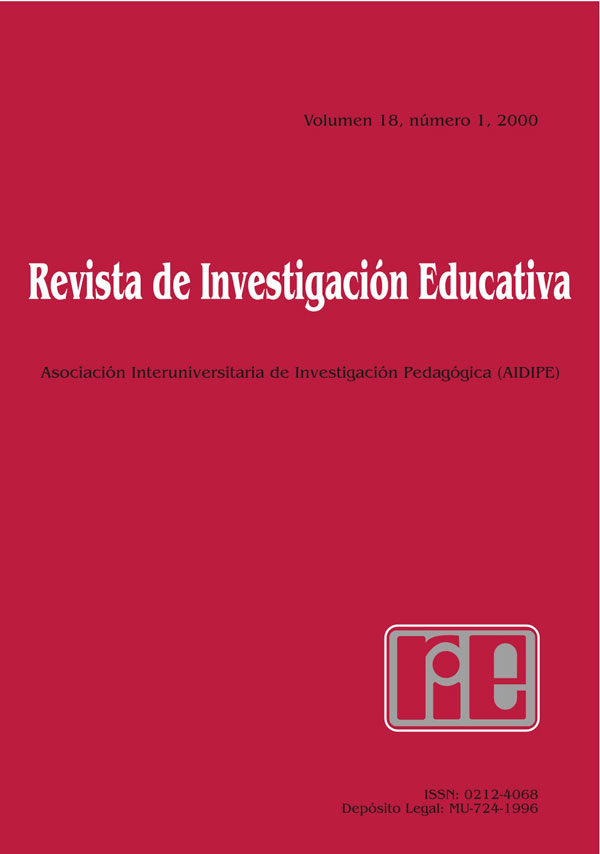Metodología para la enseñanza de las matemáticas a través de la resolución de problemas: un estudio evaluativo
Abstract
This article shows the fundamental aspects at both a theoretical and methodological level of and the most relevant conclusions concerning, the Evaluation of an Initiation Programme of Mathematics based upon problem solving for children at the first stage of Primary Education. The evaluation of this programme has been carried out taking into consideration different evaluative dimensions. We have concentrated on the evaluation of the process through the Interaction Linguistic Scheme (I.L.S) provided in the programme design as well as in the essential results and goals reached in its development. We have used an observation scale of the check list type for the evaluation of the resolving process. The evaluation of the results has been carried out from the elaboration of five performance tests taking as evaluative referents the objectives of the programme within the different curriculum areas of the very same programme. Finally, this evaluative investigation deals with the perception that those that developed it have over the programme, considering what the programme has given them us teachers and to the students who have received it. The results obtained signal the use of the programme as a conceptual tool, the estimation of certain qualitative indicators of attitudinal, organising, and social character carried out by the professors who have taught these classes as well as a change of attitude towards teaching mathematics.Downloads
-
Abstract7620
-
PDF (Español (España))10885
The articles and scientific documents published in RIE abide the following conditions:
1. The Servicio de Publicaciones de la Universidad de Murcia (the publisher) has the property rights (copyright) of all the documents published and allows the reuse under the user’s license indicated in point 2.
2. All documents are published in the digital edition of RIE under a Creative Commons Reconocimiento-NoComercial-SinObraDerivada 4.0 Internacional. (legal document) license. These documents can be copied, used, distributed, communicated and explained publicly if: i) the author(s) and its original source of publishing (magazine, publisher and URL of the document) are cited; ii) it is not used for commercial purpose; iii) the existence and the specifications about this license are mentioned.
3. Auto-archive’s conditions. The authors are allowed and encouraged to digitally distribute the pre-print versions (a version before evaluation) and/or post-print (a version that it is already evaluated and accepted to its publication). This promotes circulation and distribution earlier and can increase the citations and significance within the academic community.









